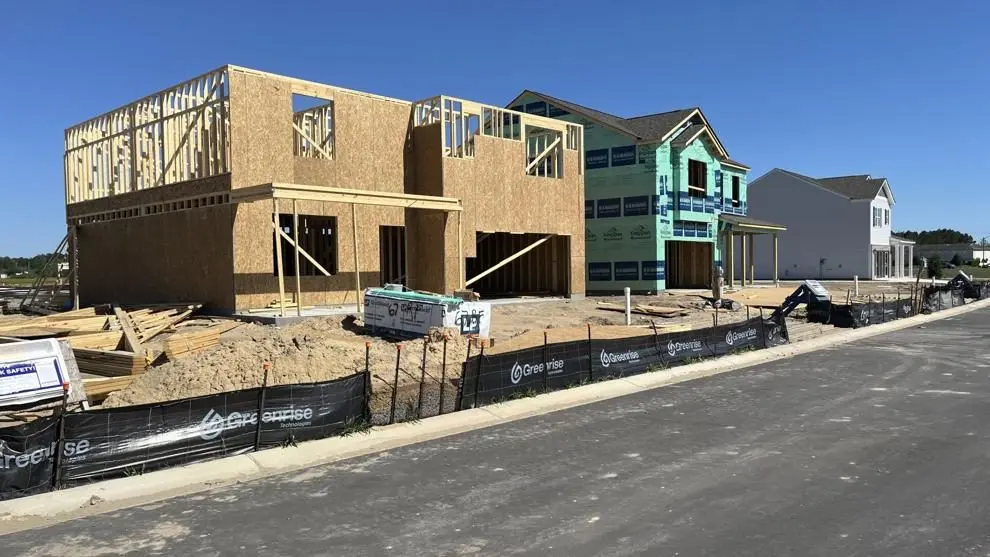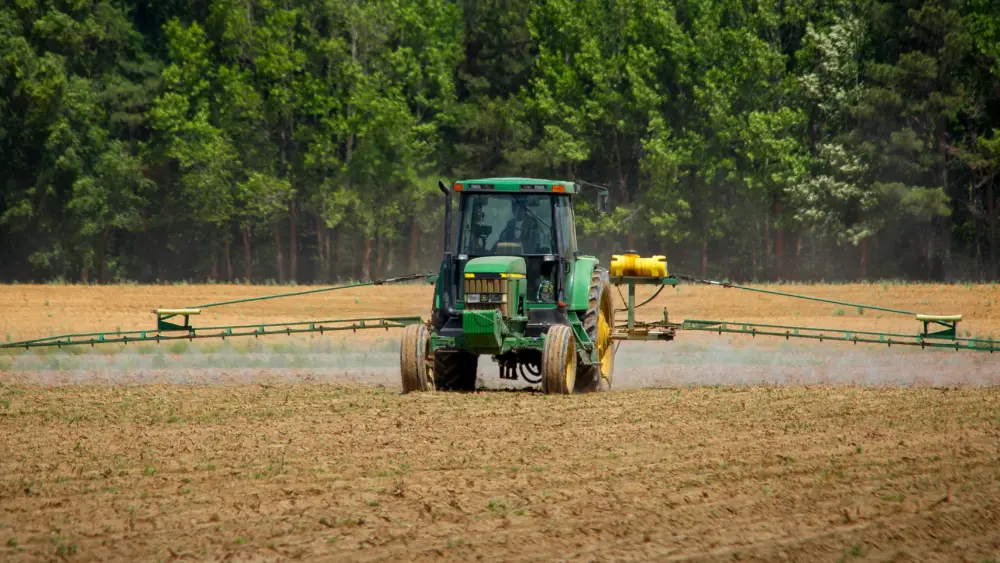OLYMPIA, WA – For all the talk about the need to address the housing shortage and obstacles to homeownership in Washington state during the 2025 legislative session, home-building advocates were less than thrilled with the bills that were approved.
A handful of bills, however, are set to take effect on Sunday that builders supported.
“It wasn’t a huge year for housing,” Building Industry Association of Washington Vice President Greg Lane told The Center Square, noting his organization did support House Bill 1096 to increase housing options through lot splitting.
Lot splitting is the process of dividing a single piece of land into two or more smaller lots for sale, lease or building development. It’s a way to increase the number of buildable lots from a single parcel, often to increase housing supply or allow for more flexible land use.
“This allows property owners to split their lots. There’s some restrictions based on the size of communities, but it’s this idea that we get away from minimum lot sizes, to be able to build more units on a single lot, increase density to increase the number of housing units, and forcing local governments to allow lot splitting,” Lane explained.
BIAW also supported Senate Bill 5559 , which streamlines the subdivision process inside urban growth areas. The measure essentially allows the same lot splitting to occur at the development level.
“That was also a good little bill that helps in that area as well,” Lane observed.
The industry also supported House Bill 1403 to streamline the process of building and selling condominiums in Washington.
“This has been a real problem over the last couple of decades,” Lane said. “The liability laws were changed to allow more lawsuits around condo development about two decades ago, and it really stopped condo development in the state of Washington.”
Liability laws, he said, allowed trial attorneys to sue tenants for any defect in the condo development.
“And the potential liability and the insurance around that liability prevented condos from being developed,” Lane said. “And so we didn’t build, really, any condos around here for about 10 years.”
Developers have also favored building apartments for rentals, rather than building condos for sale, because rent demand has been so high, especially in Washington’s urban areas.
“We need rentals, but people need the opportunity to move out of rental into homeownership, and condos are a great way for new homebuyers, first-time homebuyers to get into homeownership,” Lane noted.
Many first-time homebuyers, he said, have been priced out of the market until later in life.
“The average age of a first-time homebuyer – this number is going to stun you – it was 38 years old [last year],” Lane said. “It’s the highest, oldest age of first-time homebuyers in the history since they’ve been tracking it.”
Those statistics come from the National Association of Realtors.
“We have the third-highest median price home in the country, we’re last in the country in terms of housing units per capita, and we’re not building these condos and things that can be opportunities for first-time homebuyers,” Lane lamented. “So, people are being trapped into renting longer and aren’t getting into homeownership and all the financial benefits that come along with that, as soon as they used to be able to do so.”
Lane said BIAW will continue to push for changes to the Growth Management Act, which he said has artificially constrained the available land for housing.
“We create these urban growth areas and are expected to accommodate all of the growth that we have in new housing within those urban growth areas,” he said. “So, as land becomes more scarce, the price of it dramatically increases, and it gets harder to build new housing units.”
He said the average lot in the Puget Sound area costs $300,000 just for the land itself.
According to PrimeLandBuyers.com, King County leads the state with a median price of $350,000 per acre, followed by San Juan County at $250,000.
“And then you have another $200,000 in government fees, whether it’s permit fees or impact fees or all those different things,” Lane said. “And so you’re [at] $500,000, literally, before you put a shovel in the ground, and that’s why the median price of a new home now in King County is almost a million dollars.”
BIAW has been working with lawmakers to free up and utilize land more efficiently.
“Local governments really don’t want density, because their neighbors, their members of their communities generally are opposed to increased density in their communities,” he said. “So, we’ve been working really hard to try and pass legislation that forces local governments to zone better.”
Lane credits Lt. Gov. Danny Heck with creating a work group prior to this year’s legislative session to lead on housing issues.
“The working group he put together and the recommendations that they made created some momentum [going] into the legislative session,” Lane said. “I really have to credit Denny for his leadership on this issue in helping us make some progress here.”
Washington must add more than 1.1 million homes in the next 20 years to keep pace with population growth and address the existing housing shortage, the state Department of Commerce said in 2023. This translates to needing more than 50,000 new units annually, with a significant focus on affordable housing for low-income residents.





